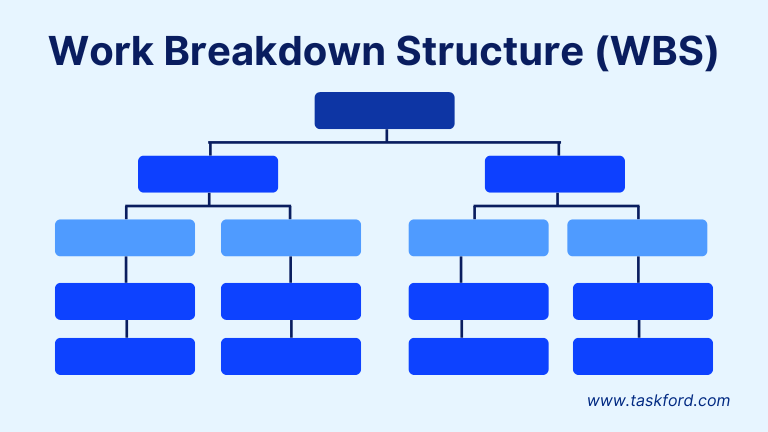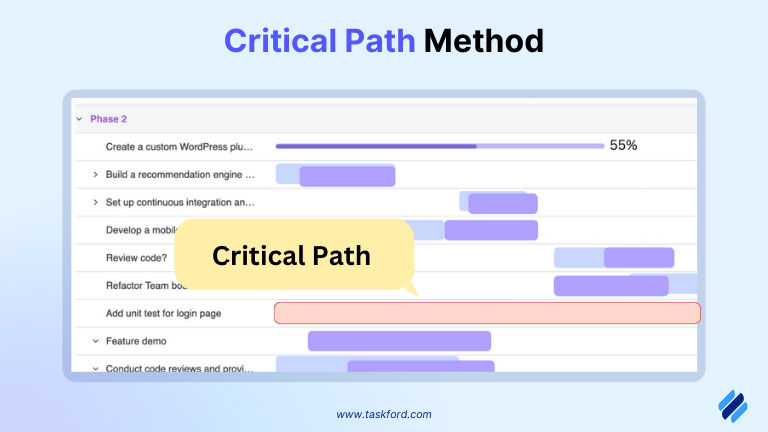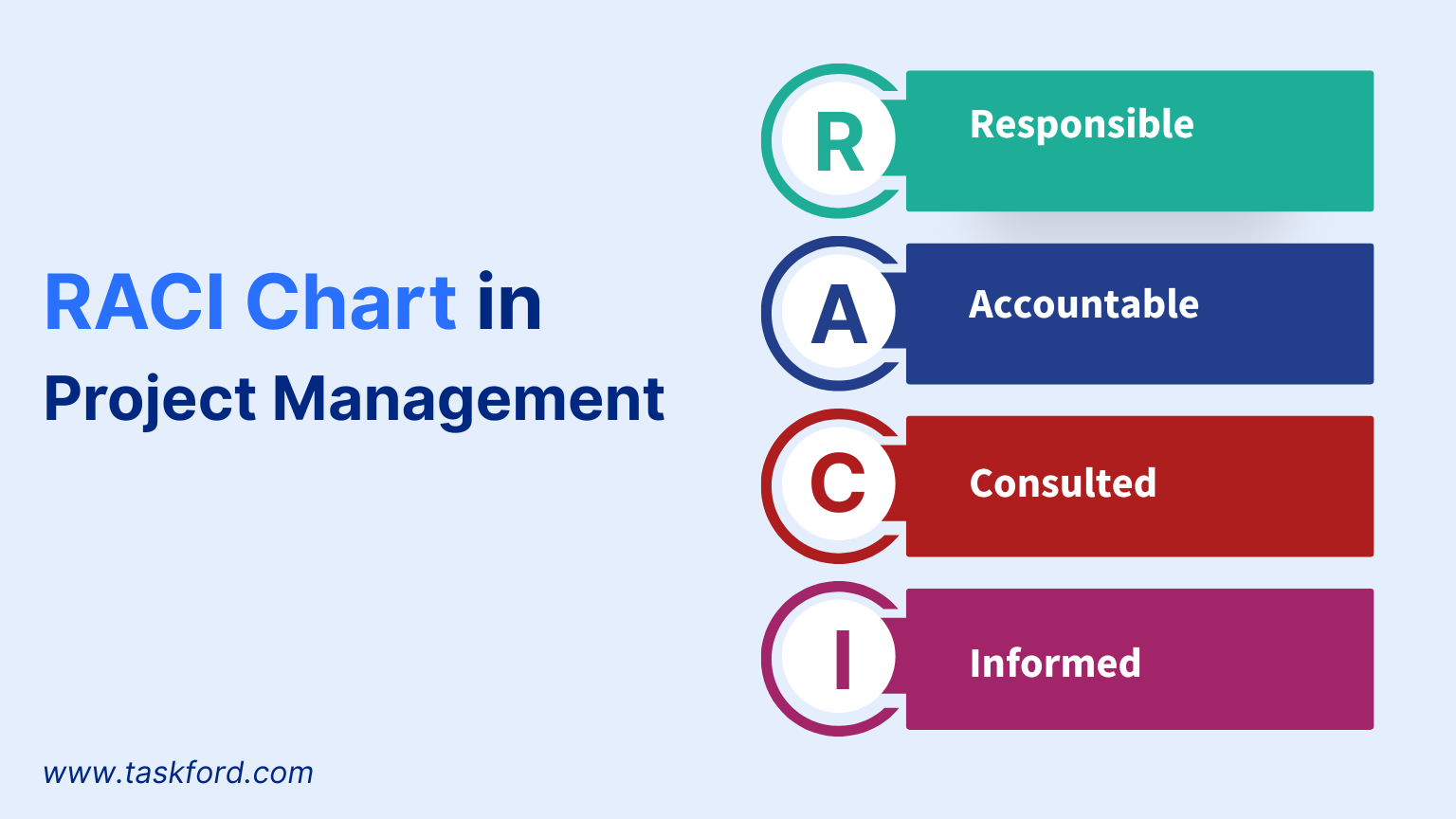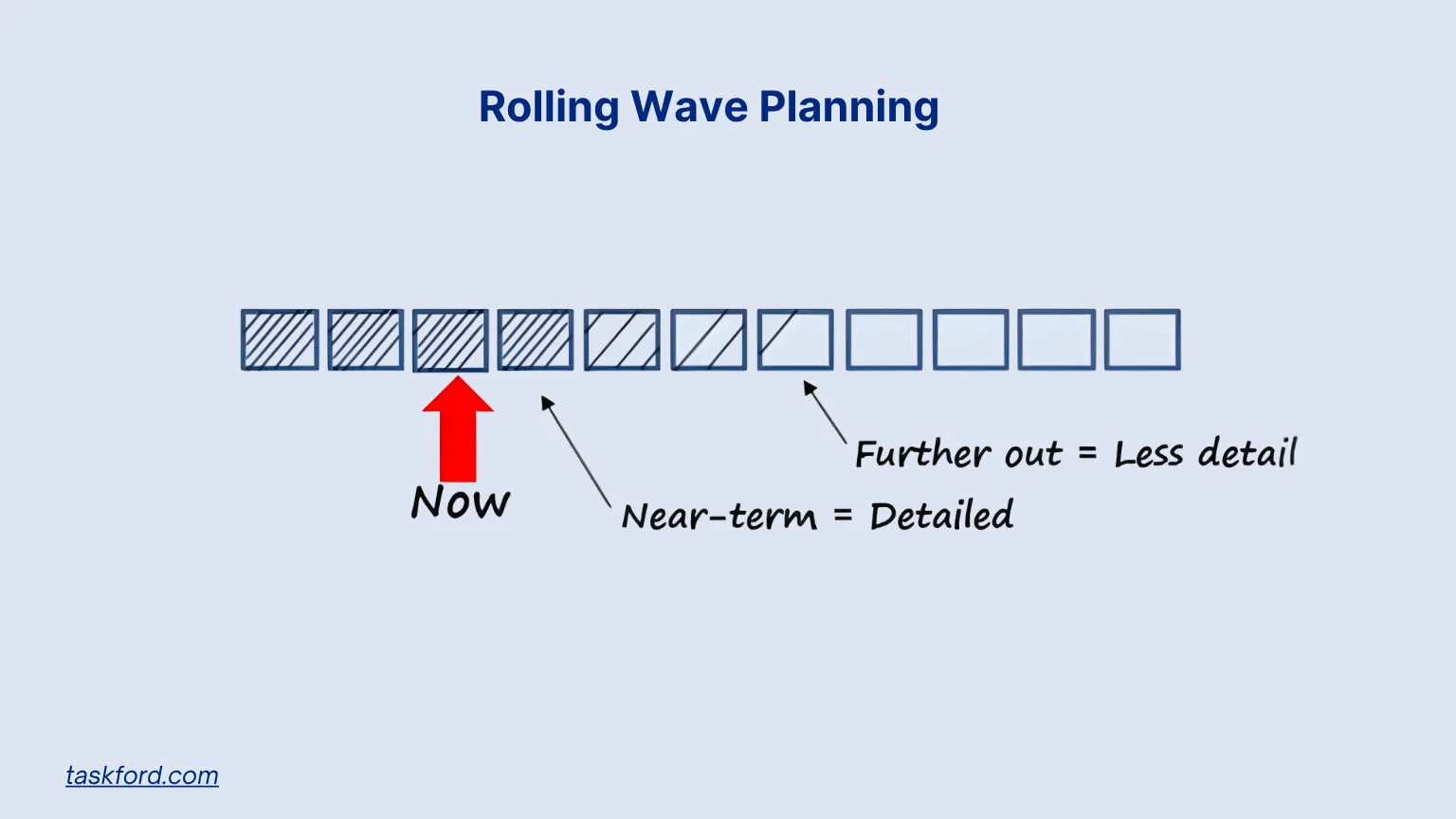5 Rules and 5 Techniques for Profound Business Project Management
mprove business project management with practical techniques like rolling wave planning, WBS, CPM and RACI to plan smarter, reduce risks and guide teams clearly
Business project management helps organizations turn ideas into results. It provides a structured way to choose the right projects, plan them properly, manage resources, control risks, and deliver outcomes that support long term goals. Whether you oversee small internal tasks or large multi team initiatives, understanding the principles and techniques of business project management gives you a clear advantage.
This guide explains what business project management is, the types of project structures, essential rules you should follow, practical techniques that make execution smoother, and a short FAQ section to help beginners and professionals.
What Is Business Project Management?
Business project management is the practice of planning, coordinating, monitoring, and completing projects that support the overall direction of the company. It covers how goals are set, how tasks are arranged, how teams collaborate, and how progress is measured from start to finish.
The goal is simple. Use resources wisely, stay aligned with business priorities, and make sure each project creates real value. It brings together several functions such as task management, resource allocation, leadership, cost control, communication, and evaluation.
Business project management differs from other types of projects because it focuses directly on the business benefits rather than only the technical outcome. It asks questions like these:
- Does this project improve revenue, cost savings, or customer satisfaction?
- Does it support strategic priorities?
- Are we allocating people and budgets effectively?
- Can we measure results with clear indicators?
This makes it a vital skill for managers, team leads, and decision makers.
The 5 Rules of Profound Business Project Management

Rule 1: Tie Every Project to a Clear Business Outcome
In business project management, the most damaging mistake is launching a project because it feels important, not because it supports a measurable business outcome. Every project should start with a question: What business result are we trying to achieve? Without a clear outcome, tasks may feel busy but deliver little value.
A strong project outcome should be:
- Specific: “Increase customer retention by 10%” instead of “Improve customer satisfaction.”
- Measurable: Use metrics that stakeholders care about.
- Time-bound: Set a realistic timeline for achieving the outcome.
Example: A business wants to reduce processing time for client onboarding. Instead of assigning tasks blindly, the team sets the measurable outcome: reduce onboarding from 10 days to 5 days. Every task such as process review, automation setup, training directly ties to this goal.
This alignment ensures decisions, resources, and priorities all focus on value creation.
Rule 2: Prioritize Based on Business Impact
Not every idea deserves a project, and not every project deserves to move first. Project managers who work in a business environment balance different priorities across teams, departments, and time constraints.
Ideas come in faster than teams can deliver them. Good prioritization prevents pressure from turning into chaos. You can evaluate priorities using simple questions:
- Will this project increase revenue or reduce cost?
- Will it remove a major risk or unlock a new capability?
- Can the team support it without harming existing commitments?
The strength of this rule is not the framework but the discipline of applying it consistently.
Rule 3: Establish Roles, Responsibilities, and Decision Rights
Many projects fail not because of technical issues but because responsibilities are unclear. Business project management demands clarity.
- Ownership: Who leads the project and has the final say?
- Decision rights: Who approves changes to scope, budget, or timelines?
- Execution accountability: Who completes each deliverable?
A RACI matrix is a helpful tool, but even a plain list of assignments works if it’s clear and communicated. When everyone knows their role, delays from miscommunication or duplicated work are greatly reduced.
Rule 4: Build Predictable Plans and Communicate Transparently
Predictability is the backbone of business project management. A predictable plan does not mean locking every detail months ahead. It means creating a realistic view of what the team can deliver, when they can deliver it, and what assumptions are being made.
- Assumptions: State clearly what the plan relies on.
- Dependencies: Highlight tasks that must finish before others can start.
- Updates: Share progress and obstacles regularly.
Transparent communication complements planning. If a delay occurs, stakeholders should know early with context and potential solutions. Teams can then respond proactively, maintaining trust and alignment.
Rule 5: Protect Resources and Prevent Team Overload
Even the best plans fail if teams are overextended. Business project management requires monitoring workloads and allocating resources realistically.
- Capacity planning: Identify how much each person or team can handle.
- Prioritization: Adjust scope or timeline if resources are stretched.
- Visibility: Ensure leadership understands the trade-offs when adding new tasks.
Protecting resources preserves quality and morale. Healthy teams are productive, consistent, and able to adapt when challenges arise.
The 5 Techniques of Profound Business Project Management
Technique 1: Work Breakdown Structure (WBS)

A Work Breakdown Structure (WBS) is one of the most helpful tools in business project management because it breaks a large project into manageable parts. Instead of jumping straight into tasks, start with deliverables, then divide them into smaller pieces.
Example: For a new product launch, the WBS includes major deliverables like market research, promotional materials, pricing alignment, sales enablement, and customer support preparation. Each of these is then broken into task groups. For example, sales enablement may include scripts, training decks, and CRM setup. The WBS prevents teams from missing critical business activities that affect launch success.
This approach gives the team a clear structure and reduces ambiguity. It also helps with cost estimation, scheduling, and identifying handoffs between teams.
Technique 2: Critical Path Method (CPM)

Critical Path Method (CPM) brings discipline to timelines. By identifying which tasks directly determine the project’s finish date, project managers can put focused attention where it matters most.
Steps to apply CPM:
- Identify all tasks and their durations.
- Map dependencies to find which tasks must finish before others start.
- Highlight the critical path and monitor it closely.
It prevents unnecessary stress on noncritical tasks and highlights dependencies that could impact delivery. CPM is especially useful for complex types of project work that involve multiple teams moving in parallel.
Example: Installing IT infrastructure before software deployment. If server setup is delayed, testing and deployment are affected. Focusing attention on critical path tasks ensures timely completion.
Technique 3: RACI Chart

A RACI chart is a simple yet powerful technique for clarifying roles. You assign each task or deliverable a label: Responsible, Accountable, Consulted, or Informed. While the tool is easy to create, the value comes from the discussions it forces.
Teams uncover gaps, areas of confusion, and overlapping responsibilities long before work begins. In cross-functional business project management, this clarity becomes essential.
Example: During a customer onboarding improvement project:
- Product is Responsible for updating feature guides.
- Customer Success is Accountable for the overall experience.
- Marketing is Consulted for messaging consistency.
- Sales is Informed about any changes that affect client expectations.
Technique 4: Three-Layer Planning Framework

Three-layer planning adds structure without overcomplicating the project plan. It organizes work into three levels:
- The strategic layer outlines the business objective, expected value, and success criteria.
- The tactical layer covers milestones, sequence of work, and dependencies.
- The execution layer contains weekly tasks and operational details.
This layered approach gives stakeholders visibility at the level they care about. Leaders look at strategy and milestones, while teams rely on the execution layer. Three-layer planning also adapts well to different types of project structures, from product rollouts to process improvements.
Technique 5: Rolling Wave Planning

Rolling Wave Planning is a flexible technique that accepts one truth about project management. The further out the work is, the less accurate the plan will be. This technique focuses on planning near-term work in detail while keeping future phases at a higher level. As new information becomes available, you refine the plan.
It reduces wasted effort and ensures that teams always work with the most relevant information. In business project management, where priorities shift and external factors change often, this technique helps keep the plan grounded in reality.
Example: A company preparing a nationwide marketing campaign knows the major phases months in advance, such as theme development and channel allocation. But detailed tasks like final ad copy, influencer selection, or localized messaging are planned only a few weeks ahead. This allows the project to adapt to new customer data, competitor moves, or budget adjustments without constant rework.
How the Rules and Techniques Work Together
The rules provide a mindset. They shape decisions, priorities, and expectations. The techniques provide structure. They make planning, communication, and execution easier and more predictable.
Consider a common type of project such as implementing a new CRM system. The outcome is clear. The business wants better customer tracking and more accurate reporting. The rules ensure that priorities are consistent, roles are defined, communication stays clear, and resources are properly allocated.
The techniques then guide execution.
- WBS breaks work into steps.
- CPM identifies key dependencies.
- RACI defines responsibilities.
- Three-layer planning gives structure.
- Rolling Wave Planning keeps the project flexible.
When both rules and techniques support each other, even general project management becomes more effective and more sustainable.
Common Mistakes in Business Project Management
1. Vague or Unaligned Goals: Projects often fail when goals are unclear or not connected to business priorities. Teams may focus on tasks that do not deliver measurable value, leading to wasted effort.
- How to Avoid: Define specific, measurable objectives and ensure alignment with strategic goals. Confirm understanding with all stakeholders before starting.
2. Ignoring Scope Management: Uncontrolled changes or additions to the project scope can quickly derail timelines and budgets. Without clear boundaries, teams can become overwhelmed and priorities blurred.
- How to Avoid: Document what is in and out of scope, evaluate all change requests carefully, and communicate the impact of changes on schedule and resources.
3. Overloading Teams: Assigning too much work or spreading resources too thin reduces quality and causes delays. Teams under constant pressure are prone to burnout, errors, and missed deadlines.
- How to Avoid: Track workloads, adjust priorities when needed, and include buffers for unexpected tasks or urgent requests.
4. Poor Communication: Lack of clear, consistent communication leads to misunderstandings, duplicated work, and overlooked risks. Teams and stakeholders may be unaware of issues until they become major problems.
- How to Avoid: Establish regular updates, use structured formats for reporting, and ensure the right information reaches the right people at the right time.
5. Neglecting Risk Management: Failing to identify and address potential risks early can result in costly delays or project failure. Teams often focus on execution and overlook uncertainties that could impact outcomes.
- How to Avoid: Assess risks at the start, assign owners, monitor them continuously, and create contingency plans to address potential issues.
Frequently Asked Questions About Business Project Management
1. What skills matter most for business project managers?
Technical skills help, but they are not the core requirement. Business project managers need strong communication, prioritization, risk awareness, stakeholder management, and the ability to connect project work with business outcomes. These skills help teams deliver value even when goals shift.
2. How do I convince stakeholders to support a project?
Project stakeholders support grows when you show the business case clearly. Present expected value, required resources, and potential risks in simple terms. Focus on how the project supports revenue, saves time, reduces costs, or improves customer outcomes.
3. What should I do when stakeholders keep changing requirements?
Frequent changes usually come from unclear goals or evolving priorities. The best way to manage this is to document each request, clarify its impact, and discuss trade offs. When stakeholders see how a change affects cost, deadlines, or workload, they are more likely to choose carefully.
4. How do I handle projects when resources are limited?
Start by identifying which activities create the highest business value. Then reduce or pause low value tasks. Clear prioritization, capacity tracking, and honest communication with leadership help ensure the team is not overloaded and the project remains realistic.
5. What metrics should I track for business projects?
Track metrics that reflect value rather than only activity. Useful measures include lead time, milestone completion rate, cost variance, customer impact, and benefit realization. These help you understand whether the project is moving the business forward.
Conclusion
Business project management is not only about tools and templates. It is about alignment, clarity, prioritization, and resource protection. The five rules help establish the mindset that guides good decisions. The five techniques provide structure that keeps projects organized and predictable.
When these elements work together, any team can deliver meaningful results across many types of project environments. Whether you manage digital, operational, product, or marketing projects, these principles help you build a reliable process that supports long term business success.
Learn more
- What is Project Management: A Beginner’s Comprehensive Guide 2025
- A Day in the Life of a Project Manager: How They Bring Projects to Life
- Program Manager vs Project Manager? Roles, Responsibilities, and Where They Overlap
Subscribe for Expert Tips
Unlock expert insights and stay ahead with TaskFord. Sign up now to receive valuable tips, strategies, and updates directly in your inbox.